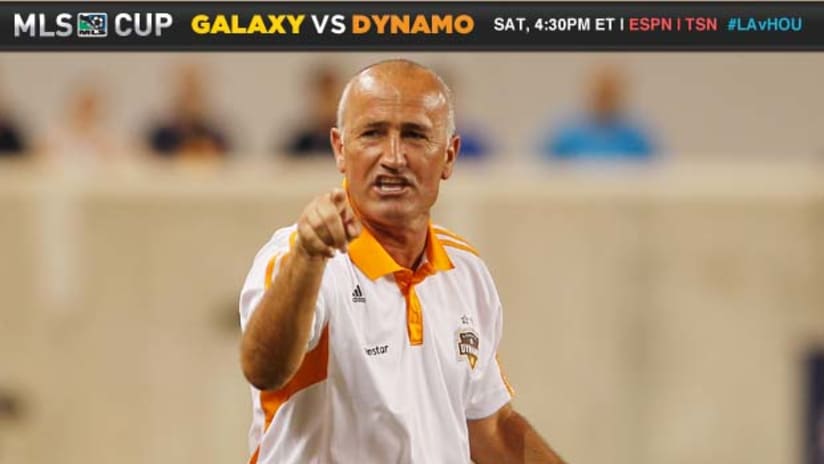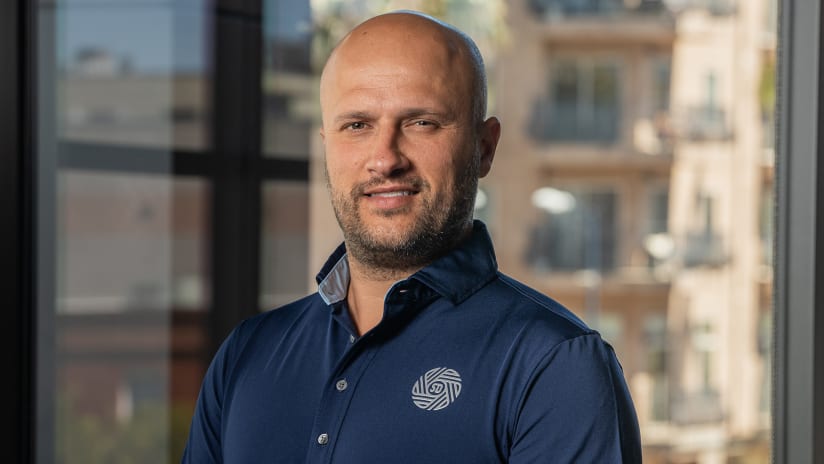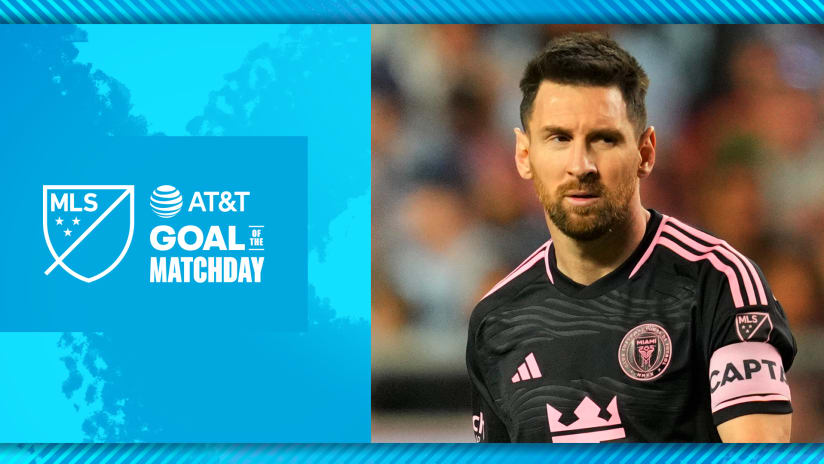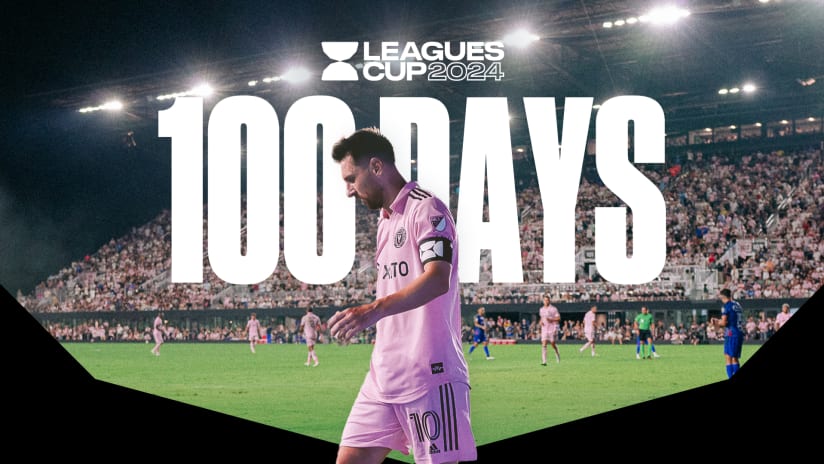HOUSTON — Dominic Kinnear hates talking about formations. They’re just numbers, he claims. 4-4-2, 4-3-3, 4-5-1, 3-5-2, 3-4-3. They all have 11 players trying to beat 11 other players.
But using different formations is another story. In his seven years as head coach of the Houston Dynamo, Kinnear has used each of the above formations in some game situation, even if his squad did not start that way, and more often than not, he comes out on top.
So while there is no chance that Kinnear will tip his hand regarding the Dynamo’s starting lineup for Saturday’s MLS Cup final against the LA Galaxy (4:30 pm ET, ESPN, TeleFutura, TSN/RDS in Canada), there is every chance that he may make an in-game formation change.
There is winning precedent for it, too: Down a goal in MLS Cup 2007, Kinnear shifted his team from its normal 4-4-2 to match the 3-5-2 formation of the opposing New England Revolution. After tying the game, Kinnear consulted with then-captain Wade Barrett at the sideline, the Dynamo stayed in the 3-5-2, and they went on to a 2-1 win and second consecutive championship.
READ: Inside OPTA: Which formation is better for Houston, 4-4-2 or 4-3-3?
“Dom’s proven time and time again that he recognizes the right time in games to do those kinds of things,” Barrett, now a Dynamo assistant coach, said on Tuesday. “When the goal happens, I immediately [thought]: Do we want to stay that way or do we want to do something else? The decision was: Things were working pretty well, so let’s stay that way. … It was the right call then, and he continues to make those right calls.”
Kinnear’s initial call on Saturday will likely be the tried-and-trusted 4-4-2, his preferred formation and the Dynamo’s most common alignment during the second half of the season. But he could also opt for a 4-3-3, fielding some combination of Calen Carr, Boniek García and Macoumba Kandji at the wide forward spots, a look that spurred a midseason revival and led to three goals in one half of playoff soccer against D.C. United on November 11.
So if the Dynamo get off to a slow start against the Galaxy, either on the scoreboard or in Kinnear’s opinion, he will not hesitate to address it.
“If a team has an advantage in a certain area of the field, what are you going to do to cover it up? You can do it by switching personnel around or maybe making a sub,” Kinnear said. “You’re always trying to win the game, and there are different ways to do it.”
The advantage Kinnear has now, just as he did in 2007, is a lineup of versatile players. Kandji and Carr can play as out-and-out forwards or as wingers; Carr and García can both operate wide right; García and Brad Davis can both play centrally. Further back on the field, midfielder Ricardo Clark has Bundesliga experience at center back, left back Corey Ashe is a converted midfielder, and center back Jermaine Taylor plays left back for Jamaica; Ashe and Taylor actually started at those spots in last year’s MLS Cup.
READ: Can García flip the script for Dynamo in 2012?
Houston’s versatile lineup is not entirely unique. On the Galaxy side, Landon Donovan and Mike Magee can both operate as forwards or in wide midfield positions, and midfielders David Beckham and Marcelo Sarvas and defenders Sean Franklin and A.J. DeLaGarza are versatile as well. LA have also used, albeit never as its primary formation, a 4-3-3/4-5-1 hybrid this season, so both teams have the potential to adjust.
But the ability to shift formations without burning a substitution – as the Dynamo did in using a more defensive 4-3-3 in the second leg against Kansas City (the substitution was for an injury) and an attacking 4-3-3 in the second half of the first leg against D.C. United – could be a key tactic in the final.
“We have the working parts that you can change the formation in the run of play without it affecting the group, and you don’t have to make a sub to do it,” Barrett said. “I think that’s a real compliment to the group that you have players who know both systems and can play well in both. There’s probably not a lot of teams that can do that without making a change.”












